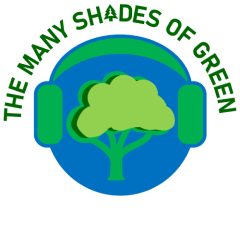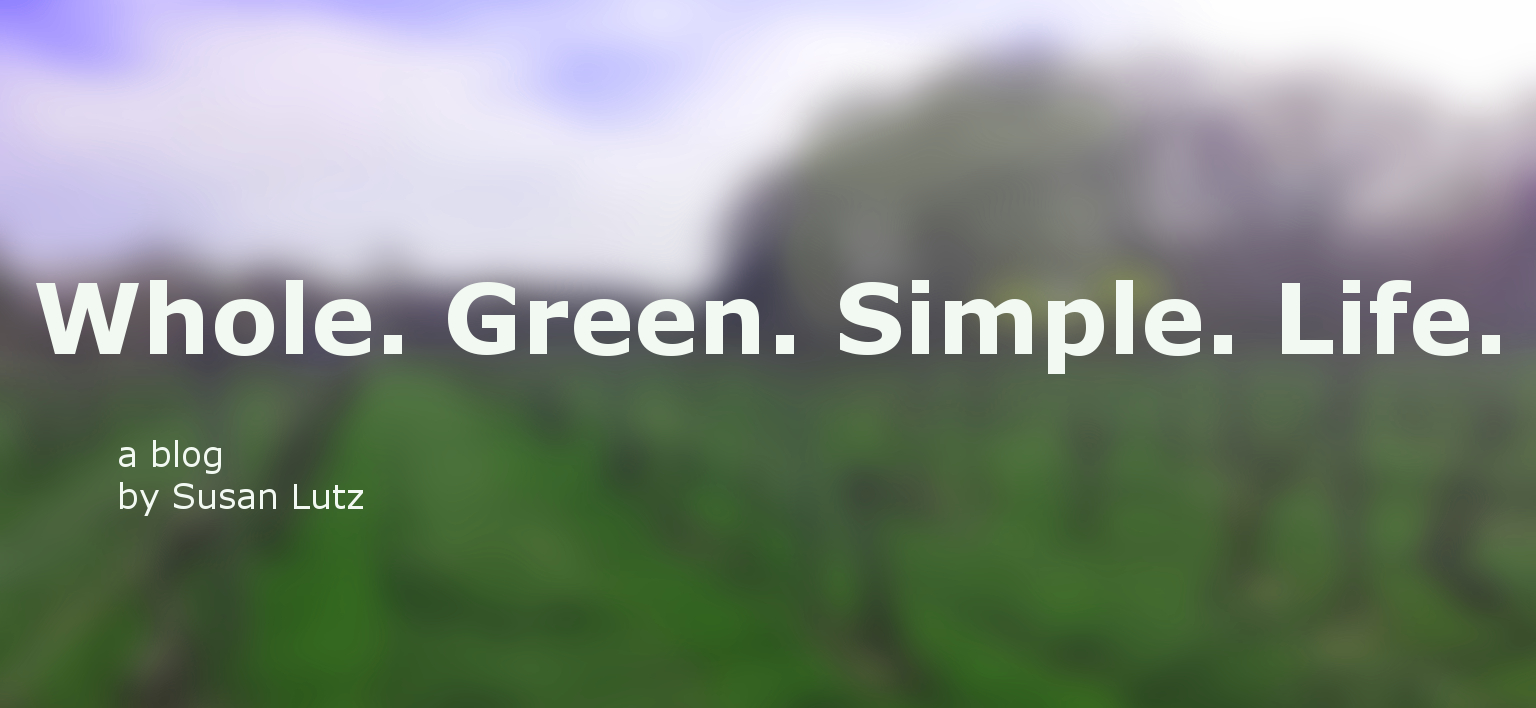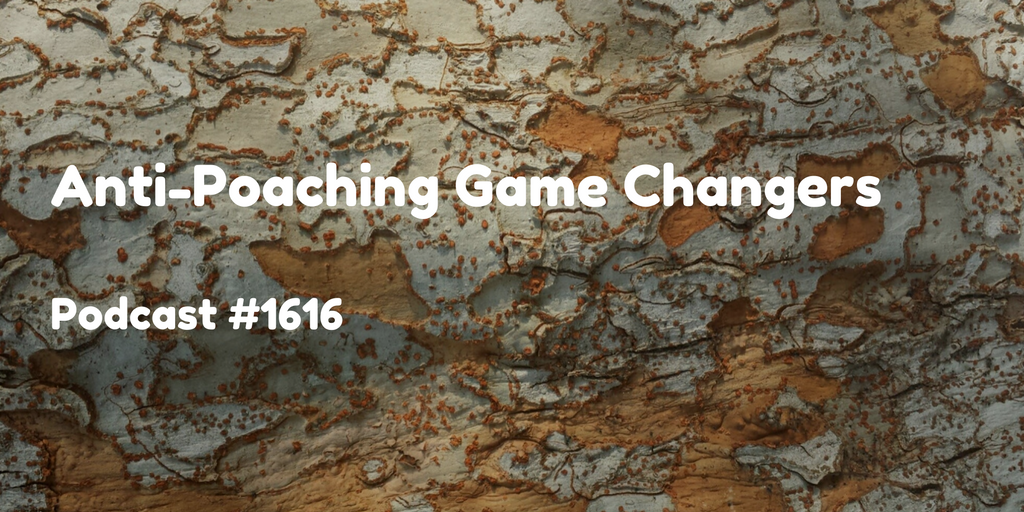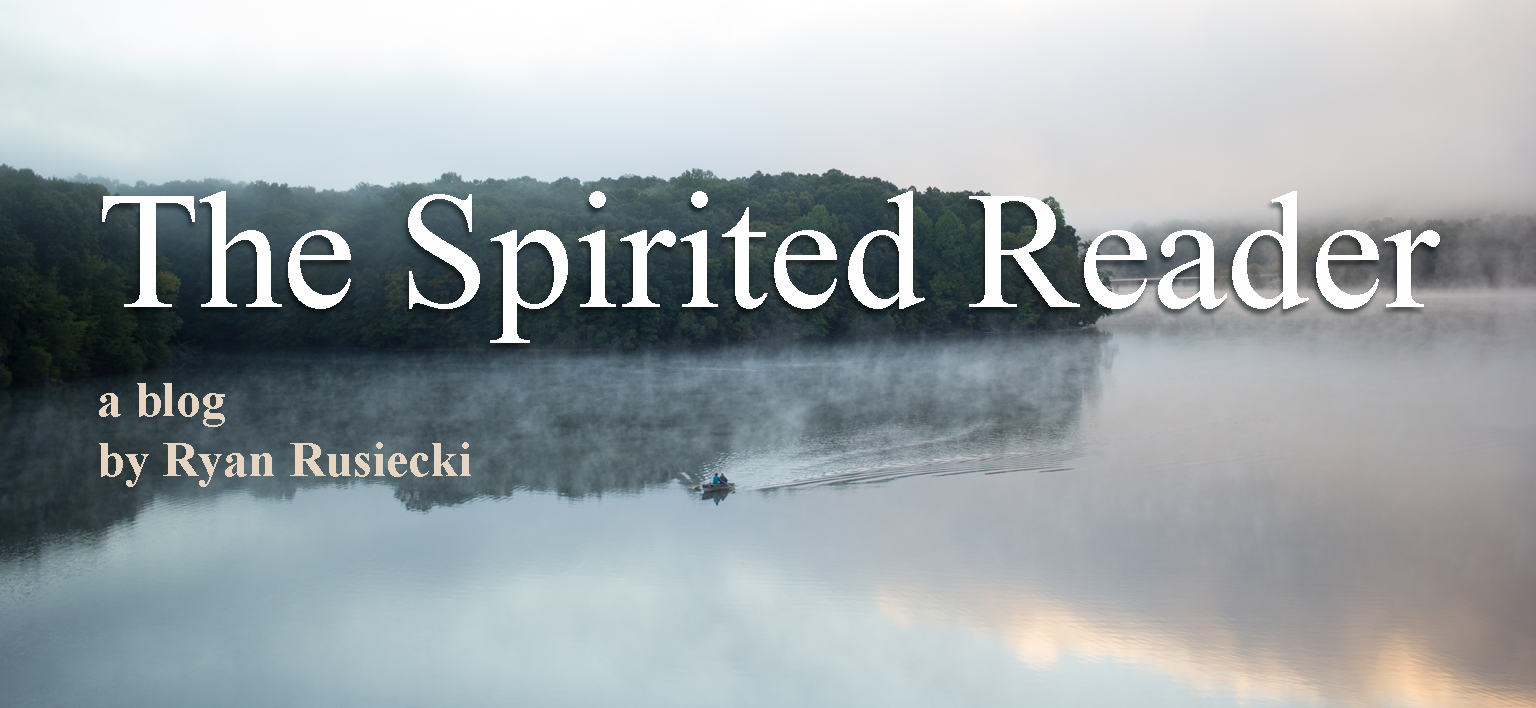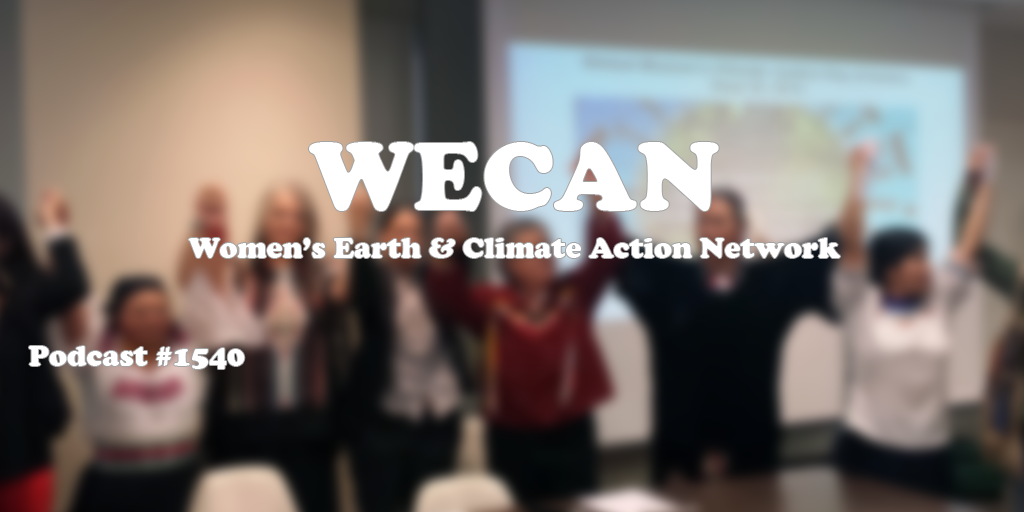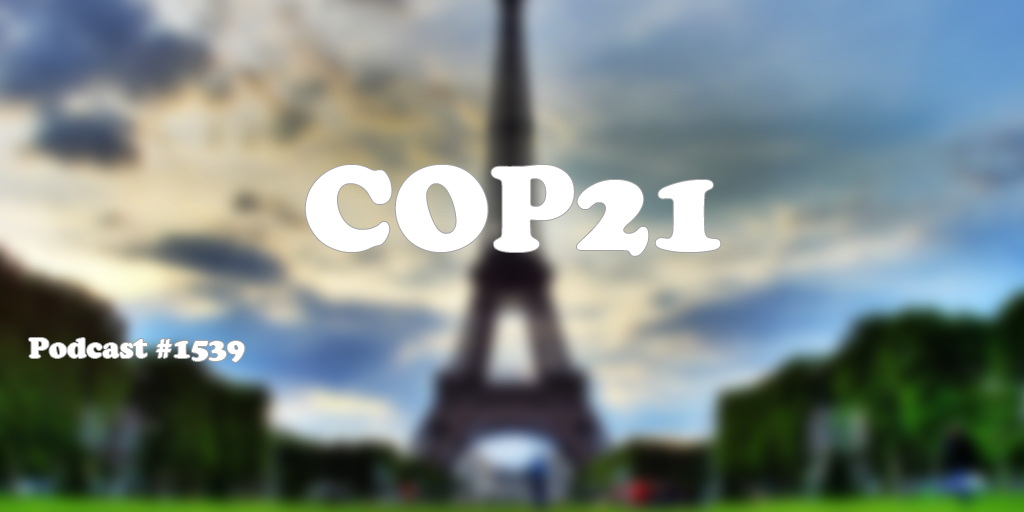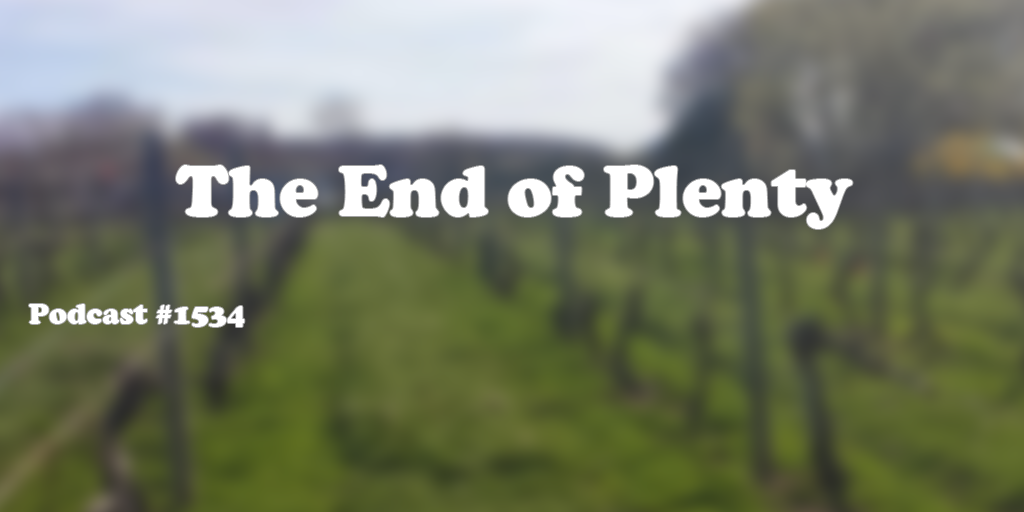Lianne Sorkin has traveled the world and has taken action to create solutions to climate change, social justice and violence against women. She has over 40 years experience as a live and virtual event executive producer, meeting facilitator and international project manager for the United Nations. She has lived in Japan, and is fluent in Japanese, and was the UN’s liaison for the Secretary General of the 4th World Women’s Conference in Beijing to the First Ladies, including Hillary Clinton. Lianne works with Project Drawdown, Pachamama Alliance, and the UN Trust Fund to End Violence Against Women. For more info go to drawdown.org, pachamama.org, 350NYC.org and HudsonRiverRadio.com
Listen to “The Many Shades of Green” on Spreaker.Category: Preservation
1813 Slow and Sustainable Fashion
1804 Before the Flood with Green Dude Fisher Stevens talking about Climate Change and Leonardo DiCaprio
This episode of Green Dudes features Fisher Stevens, Academy Award winner for the documentary film, The Cove, and a wonderful actor and activist. He directed the Eco-documentary, Before the Flood, which follows Leonardo DiCaprio as he meets with activists, scientists and world leaders to discuss the dangers of climate change and possible solutions. Green Diva Meg chats with Fisher about the film. I met Fisher Stevens at a screening of the documentary at the Jacob Burns Film Center in Pleasantville, NY, and we talked about the movie, and briefly discussed how important it is to get the message out to all Earthlings, that we must be proactive in pushing forward ideas and solutions, to make the planet a cleaner and healthier place to live. For more info go to beforetheflood.com, thegreendivas.com, tweet us @50ShadesofGDs, @TheGreenDivas, @tmshadesofgreen, @BeforeTheFlood_ #BeforeTheFlood
1719 Merry Merry and Small Victories
Saying farewell to 2017 in our year end show. It’s been a tough year, yet it had positive moments. Dedicating the good things in life, in honor of my brother Mitch, who passed away during the Thanksgiving holiday. He will be greatly missed. His music and art will fill the universe forever.
With all the tumult, we have had many Small Victories, and with the help of Stephanie Palumbo and Alison Diviney, we will learn about more Small Victories in the coming year. Go to celebratesmallvictories.com, thetokens.com and thegreendivas.com for more info.
Green Diva Meg and I (Green Diva Max) wish everyone a Merry, Merry and a Happy, Healthy New Year!
#1701 Why We March, Pink Hats and Big Hearts
#1701 Why WE March
We turned pink for this episode of 50 Shades of Green Divas, as Green Diva Meg (who also knitted the p-hats) reports from the Women’s March in Pompton Plains, NJ. It was a monumental display of activism, as millions of women and men took to the streets across America and across the globe, to partake in this most historic event, to raise awareness of the need to protect and love one another, and stand up for equality and social justice for all. Feminist icon Gloria Steinem spoke to the crowd in Washington, DC and said “make sure you introduce yourselves to each other and decide what we’re going to do tomorrow, and tomorrow, and tomorrow. We’re never turning back!” We need to keep our collective boots on the ground and not let up for a minute. Mr. Trump will hear us, and we will get under his skin. Keep the faith, and keep on fighting!
What’s the Tipping Point for Our Mess
By Susan Lutz
A growing problem in the United Kingdom, and worldwide, is what is called fly-tipping. The intriguing name drew me into the video. Clip after clip showed cars pulling up to spots around the U.K. and dumping their trash, couches, plastic roofing, recycling, and one group of people even dumped dead sheep. All the mess, stink, and trouble left for someone else to clean up. After seeing the video, I felt I’d tipped, as if it was one too many videos about terrible things we’re doing.
I want to care about all our troubles. The disturbing election in the U.S., the terrorist attacks, the rape victims, the dolphins slaughtered and captured, the sharks butchered for their fins, the children taken from their families. After so much, I feel numb, no longer seeing, or feeling, the pain. I only look, a voyeur just scrolling by.
The heavy load of the constant barrage of information weighs me down. Though, it’s not visible on the outside, on the inside, I think my soul is suffering from so much “much.” The fact that people are dumping trash on other people’s property and country roads and national lands enrages me. I want to scream, donate money, judge, yet, where do I go with that anger? I find myself lost. I feel the whole grow bigger.
I remember those campaigns against littering in the 70s. The roads were dotted with trash, cigarette butts, everything we could toss out a car window or discard while walking. Then, we rallied, we educated, we recycled, and now we find we’re fly-tipping? Letting others take care of our problems passes the buck to no end. There might not be a difference in fly-tipping and creating little plastic coffee cups by the billions to pollute the land for a one-time thrill. The consciousness behind all these acts is meant to quickly satisfy and satiate- to not take responsibility for our choices.
When I lived in Central America, I often heard tourists or expats talking to each other about the shameful way the citizens polluted their lands. Yet, everyday I saw hard working men and women sweeping the streets, earning probably less than $400 a month trying to change things, keeping the land clean. I saw things change. I see them change here too. Then, I see on-line what seems to be this unearthing of non-stop hideous behavior of people hurting each other and the environment. I needed to ask: why keep looking? Is it ever going to change?
I look because in the mess of our humanity, I see warriors of peace, love, kindness, and smarts, all trying to make the world a better place. Just recently, I read France will be banning plastic cutlery, “to promote a ‘circular economy’ of waste disposal, ‘from product design to recycling…’” A rescue organization in India finds desperate animals in dire condition in the street. In a few moments, I can see a transformation from near death to salvation – this with the power of social media.
There’s good out there, a lot. There’s bad too. Staring at it, looking for too long takes away the time we have in front of us to take responsibility for the little and big issues we all face. By keeping our heads tucked deep into our phones and feeds and likes, we miss the opportunity to create a connection standing, sitting, flying, flapping, or wagging right in front of us. I’m the first to raise my hand and say I am guilty of too much. I’ve even wondered if the beeper wasn’t such a bad idea. The number came up, we had time to look, find a quarter, a phone….all that time….all that time to think about what we were doing.
#1616: Anti-Poaching Game Changers
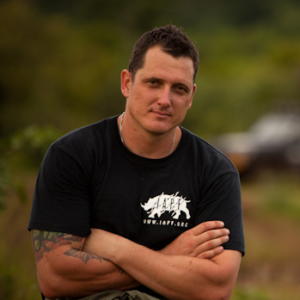 “Green” eco-warriors are working to protect rhinos and elephants, which are on the verge of extinction, as they are killed by poachers for their horns and tusks. My guest this week, Damien Mander, founder of the International Anti-Poaching Foundation, is working to train rangers in the preserves of Africa, via legal and direct tactics, to bring poachers to justice. He is a vegan and believes that animals suffer tremendously when they are raised for consumption, which is also a major contributor to climate change. Damien is starring in a James Cameron film called “The Game Changers”, which you can check out by going to gamechangers.com. For more information on the work of the International Anti-Poaching Foundation, go to iapf.org
“Green” eco-warriors are working to protect rhinos and elephants, which are on the verge of extinction, as they are killed by poachers for their horns and tusks. My guest this week, Damien Mander, founder of the International Anti-Poaching Foundation, is working to train rangers in the preserves of Africa, via legal and direct tactics, to bring poachers to justice. He is a vegan and believes that animals suffer tremendously when they are raised for consumption, which is also a major contributor to climate change. Damien is starring in a James Cameron film called “The Game Changers”, which you can check out by going to gamechangers.com. For more information on the work of the International Anti-Poaching Foundation, go to iapf.org
[soundcloud url=”https://api.soundcloud.com/tracks/282472207″ params=”color=ff5500&auto_play=false&hide_related=false&show_comments=true&show_user=true&show_reposts=false” width=”100%” height=”166″ iframe=”true” /]
Annihilation of Nature
“The main purpose of this piece is to bring to light the many animal extinctions taking place on Earth.”
First, the authors set the scene by describing Earth’s relationship with the universe and then illustrating the history of life on Earth, dating back to one billion years ago. They provide a brief history of humans (Homo sapiens), which especially focuses on the different industrialization eras that took place around the world. Eventually, the book catches up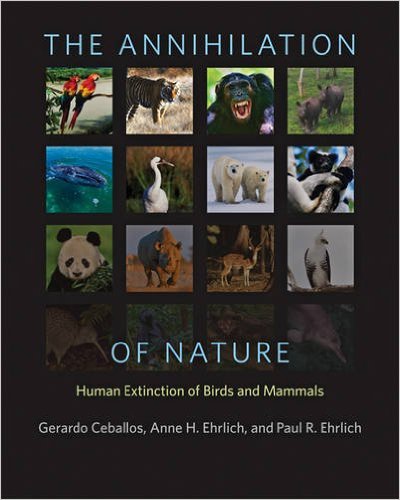 to the present as they contemplate the extinction of modern animals. After spending much time analyzing the extinction of many birds and mammals, the autho
to the present as they contemplate the extinction of modern animals. After spending much time analyzing the extinction of many birds and mammals, the autho
rs discuss the significance of these extinctions. The main purpose of this piece is to bring to light the many animal extinctions taking place on Earth. A handful of solutions are proposed in the final pages of the book.
Several different literary (as well as visual) techniques were used throughout the book, some good, others less effective. Most notably, there were over one hundred photos of wildlife included in the book. The pictures carried great significance and made the text more powerful. However, the few pages that were without any photos were nearly unbearable, as the large chunks of text were quite overwhelming. Even so, the book included important facts on animal extinction when necessary, which proved to be effective. Furthermore, the description of wildlife tragedies were especially influential For example: In [the whale’s] stomach it had a golf ball, surgical gloves, duct tape, miscellaneous plastic fragments, a pair of sweatpants, and twenty plastic bags, among other trash. Plastic cannot be digested and simply clogs the gut, causing death not directly but indirectly, through starvation and disease.” (83) This graphic description leaves readers with a vivid, powerful image and a lasting impression. On another note, I began to notice awkward wording in a handful of instances. For example, the author refers to the Bonobo species as “our sexy living relatives.” Additionally, sometimes the authors seemed to demonize the human race as a whole, rather than pointing out a specific group responsible for poor environmentally sound decisions. Ultimately, the authors make powerful use of certain techniques to illustrate the sad stories of extinction throughout history.
This piece was certainly successful in providing readers with an above average understanding of bird and mammal extinction. I learned many different things, ranging from the importance of biodiversity in the Amazon rainforest to the illegal hunting of elephants for the ivory trade. The use of photography amidst well-written, evocative text throughout the book created an inviting environment to learn and sympathize.
WECAN: Women’s Earth & Climate Action Network
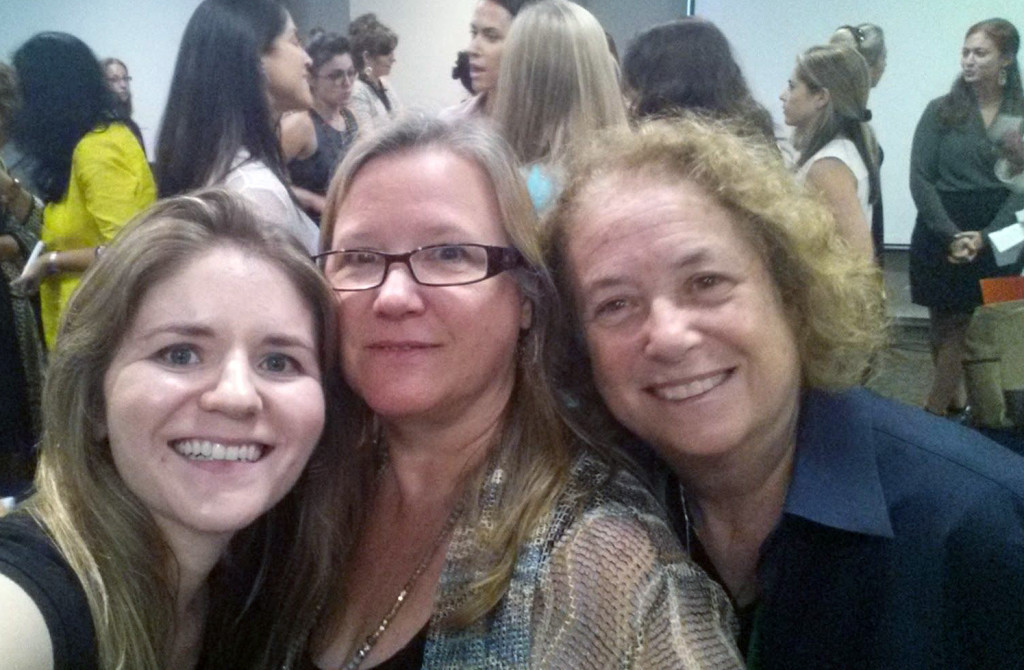 This weeks episode takes us to the Global Women’s Climate Justice Day of Action at the UN, sponsored by the Women’s Earth and Climate Action Network (WECAN). This event was attended by women from over 50 countries. To have such a collection of amazing women in one place, who presented stories of courage and resilience in combating climate change was deeply touching. Women play a key role in adapting solutions to climate change, and it was an honor to speak with WECAN founder Osprey Lake, environmentalist visionary Sally Ranney, as well as Neha Misra founder of Solar Sister, Harriet Shugarman Executive Director of ClimateMama, Executive Director of CELF Katie Ginsberg and student Coreena, and Patricia Gualinga-Montalvo, Indigenous Leader of Ecuador, whose interview was translated by Amazon Watch’s Executive Director Leila Salazar-López. For more information visit wecaninternational.org
This weeks episode takes us to the Global Women’s Climate Justice Day of Action at the UN, sponsored by the Women’s Earth and Climate Action Network (WECAN). This event was attended by women from over 50 countries. To have such a collection of amazing women in one place, who presented stories of courage and resilience in combating climate change was deeply touching. Women play a key role in adapting solutions to climate change, and it was an honor to speak with WECAN founder Osprey Lake, environmentalist visionary Sally Ranney, as well as Neha Misra founder of Solar Sister, Harriet Shugarman Executive Director of ClimateMama, Executive Director of CELF Katie Ginsberg and student Coreena, and Patricia Gualinga-Montalvo, Indigenous Leader of Ecuador, whose interview was translated by Amazon Watch’s Executive Director Leila Salazar-López. For more information visit wecaninternational.org
[soundcloud url=”https://api.soundcloud.com/tracks/237134561″ params=”color=ff5500&auto_play=false&hide_related=false&show_comments=true&show_user=true&show_reposts=false” width=”100%” height=”166″ iframe=”true” /]
We’re Melting
By Susan Lutz
Forests are dying. Polar bears starving, ice caps shrinking. The list grows. We’ve spent a lifetime stomping on the planet and now world leaders gather in the hopes of finding a solution before we hit the tipping point. Can we pull back? Can we save ourselves?
I read positive stories: a community garden in Haiti becomes a center of growth and revitalization; the price of solar power is dropping fast and becoming an extremely viable alternative energy source; climate adapted strategies are manifesting and working to stabilize wildlife. Around towns, I see trees being planted, youth conversing about important issues. This is great. And there are many more examples of success and ideas which are moving us forward.
Yet, I read bad news, too: the UK starts to cut millions of dollars from its renewable resources; the threat of disease increases due to insects gaining the ability to live longer and travel farther; the sea level is rising; and of course, we’ve all seen the pictures of the polar bears starving. Some days, it’s hard to read the news. Some days it does seem like we’re just going to tip over and sink.
I recently heard a lecture on the cause and effect of our actions and the impact our choices have on climate change. The most interesting, and most powerful, I thought, was this: What are we willing to give up? In this country, the majority of cars during rush hour consist of single drivers. Bottled water and soda fill our vending machines, and we don’t give a second thought to the short pleasure we get versus the amount of toxins in each bottle. We like our stuff. We like our creams, cars, deals online, new phones, and processed, over-packaged foods.
The summit on climate change brings together world leaders. The model of coming together to talk; understanding our differences; taking note of those suffering the most; and, moving forward with dialogue. Regardless of how difficult the task is, it is one we must implement from the highest of offices to the grass-roots level.
We wait too long to act. We wait to change gun laws until terror steps into our cafes (if even then). We wait to ban trophy hunting and poaching and watch as species become threatened and face habitat loss and even become extinct. We’re slowly melting under the take-the-money-and-run philosophy of getting what we need, now, and forgetting how it will hurt us in the future.
When my son picked up an acorn the other day, he thought it was the grandest of discoveries. I held it up and told him it was amazing. We carried it with us as if it were a piece of gold. Our food supply, our land, our water – they truly are gold. We must realize this now, or we will watch as the world melts and slowly slips away.
COP21
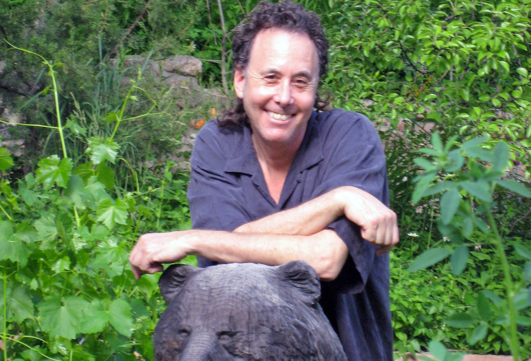
“Between its celebrations of privilege, and the angst of its reckonings, human life gathers unto itself a chaos of contradictions… If we are ceaseless tamperers, we are also from time to time unobtrusive, Though we shout, so may we whisper.” (Michael Charles Tobias, quote from his work, After Eden: History, Ecology and Conscience) My guest this week is Michael C. Tobias, President of Dancing Star Foundation, who is a global ecologist, humanitarian, explorer, author, filmmaker, educator and animal rights activist. 195 nations are set to converge in Paris, a city recently struck by incomprehensible acts of terrorism, for the COP 21 (Conference of Parties), with the hopes of reaching an agreement to to set limits on carbon emissions to reduce the detrimental effects of global warming. Rich and poor nations must gather to form partnerships to be agents of change, rather than agents of destruction. Negative ideology has to be redirected, and ethics, compassion and morality, along with science and technology must lead the way to solutions. For more information go to www.dancingstarfoundation.org
[soundcloud url=”https://api.soundcloud.com/tracks/234709653″ params=”color=ff5500&auto_play=false&hide_related=false&show_comments=true&show_user=true&show_reposts=false” width=”100%” height=”166″ iframe=”true” /]
#1534: The End of Plenty
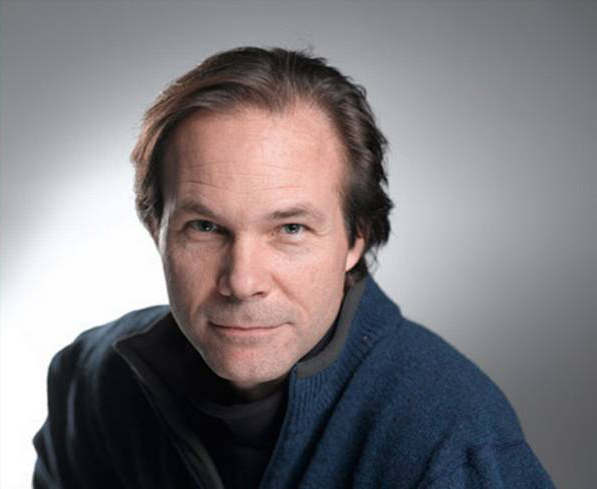 Can we feed the world without wrecking it? Are we farming ourselves out of food? My guest, Joel K. Bourne Jr. and I delve into those questions on this week’s show. Joel’s new book, THE END OF PLENTY: The Race to Feed a Crowded World, discusses the world food crisis, as it relates to population increase and environmental concerns. Farm land is becoming decimated, as water shortages are spreading globally, thus reducing growth of crops needed to feed the populace. Political unrest and revolutions have occurred in various hot spots around the world, as wheat crops have failed, which has lead to tightening grain supplies. Lives are lost as fights break out over bread. Will 3D printing of food save us? Probably not, but there is hope, as farmers are using innovations in food irrigation, as well as conservation methods to solve some of the problems. A new land ethic must be put into place to feed the world. For more information go to joelkbournejr.com and amazon.com for his book, THE END OF PLENTY.
Can we feed the world without wrecking it? Are we farming ourselves out of food? My guest, Joel K. Bourne Jr. and I delve into those questions on this week’s show. Joel’s new book, THE END OF PLENTY: The Race to Feed a Crowded World, discusses the world food crisis, as it relates to population increase and environmental concerns. Farm land is becoming decimated, as water shortages are spreading globally, thus reducing growth of crops needed to feed the populace. Political unrest and revolutions have occurred in various hot spots around the world, as wheat crops have failed, which has lead to tightening grain supplies. Lives are lost as fights break out over bread. Will 3D printing of food save us? Probably not, but there is hope, as farmers are using innovations in food irrigation, as well as conservation methods to solve some of the problems. A new land ethic must be put into place to feed the world. For more information go to joelkbournejr.com and amazon.com for his book, THE END OF PLENTY.
#1525: The End of Plenty by The Many Shades Of Green on Mixcloud
